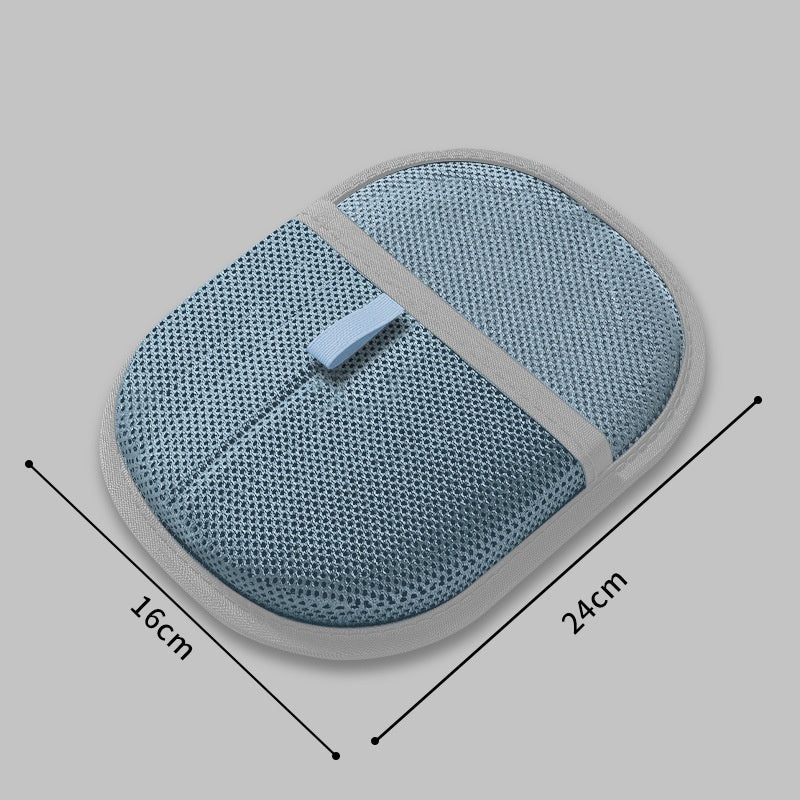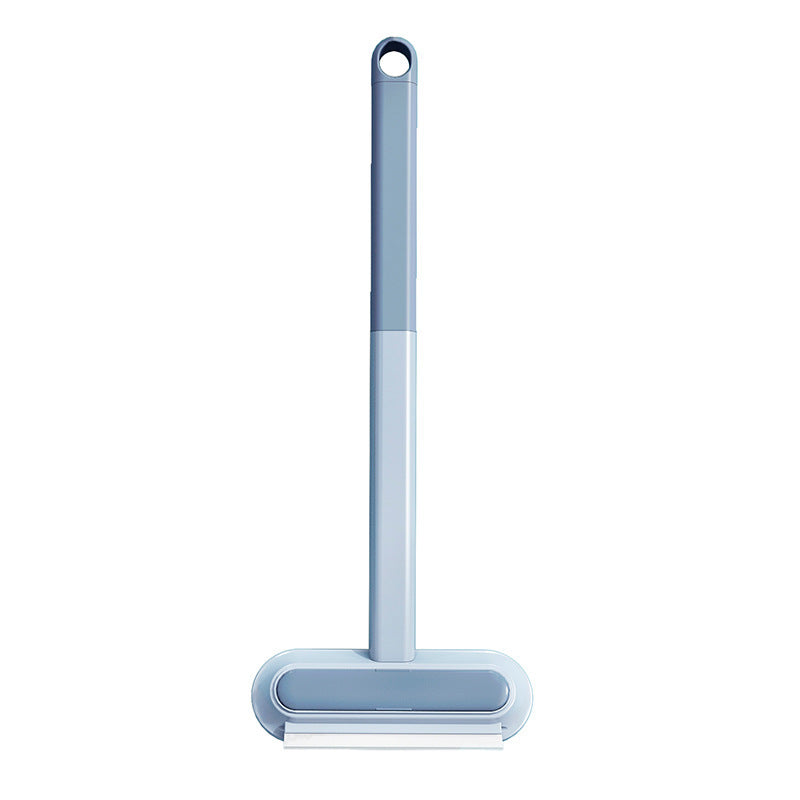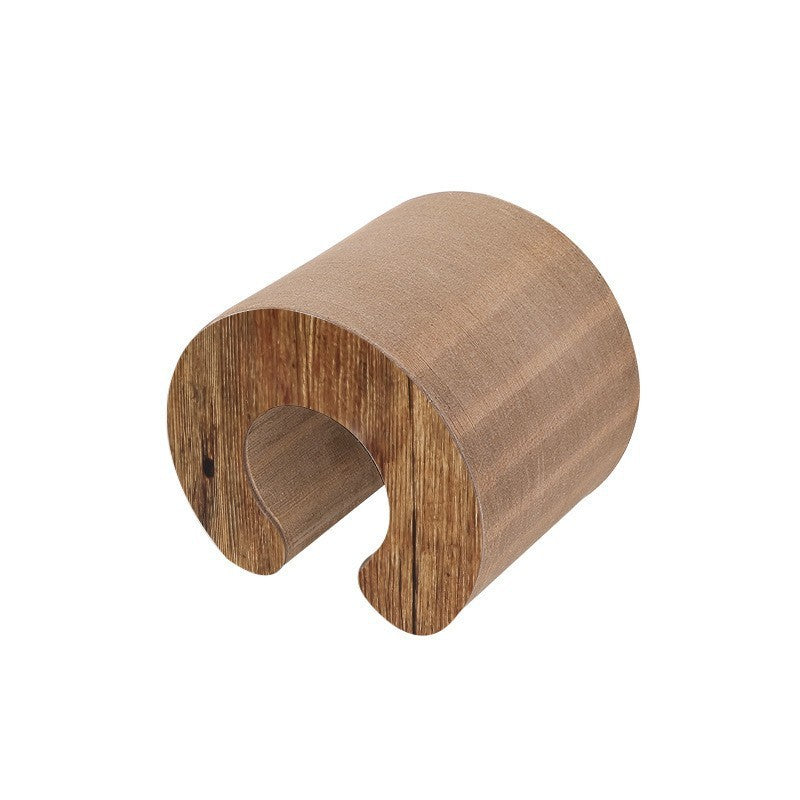Cats are champions of sleep, spending anywhere from 12 to 16 hours a day in slumber. These sleeping patterns might seem excessive to us humans, but they're perfectly normal for our feline friends.
In this blog, we'll explore the fascinating world of cat sleep and what it means for your pet's health and happiness.
Sleep cycles: Cats alternate between deep sleep and light sleep. During light sleep, you might notice your cat's ears twitching or their paws moving slightly as they remain alert to their surroundings. Deep sleep, characterized by complete relaxation, typically lasts only about five minutes at a time.
Sleeping positions: Your cat's sleeping position can reveal a lot about how they're feeling. A cat curled up in a tight ball is conserving heat and protecting vital organs, while a cat sprawled out on their back feels completely safe and secure in their environment.
Australian pet experts and resources like Hill’s Pet Nutrition note that cats choose sleeping positions based on comfort, safety, and temperature. Seeing your cat sprawled out on its back is a sign of trust and security, common in well-adjusted Australian households.
Timing patterns: Cats are crepuscular creatures, meaning they're most active at dawn and dusk. This explains why your feline friend might wake you up at 5 AM demanding breakfast or suddenly get the "zoomies" just as you're winding down for the evening.
Temperature preferences: Cats naturally seek out warm spots for napping. This is why you'll often find them in sunny windowsills, on top of radiators, or curled up on your laptop. Providing a heated cat bed can be especially appreciated during colder months.
Australian winters, especially in southern regions, can get chilly. Many pet owners provide heated beds, cozy blankets, or even encourage cats to nap in sunny spots indoors. This helps cats stay warm and comfortable, supporting their natural preference for warmth.
Sleep environment: Cats prefer to sleep in high locations where they can observe their surroundings. This instinct comes from their wild ancestors who needed to stay safe from predators. A cat tree with comfortable perches can provide the perfect sleeping spot.
| Sleep Aspect | Normal Pattern | How to Support |
|---|---|---|
| Sleep Cycles | Light and deep sleep, short deep naps | Allow undisturbed napping, observe cycles |
| Sleeping Positions | Curled (warmth, safety), sprawled (trust) | Provide cozy, safe spots, respect trust |
| Timing Patterns | Most active at dawn/dusk | Play at dawn/dusk, accept early wake-ups |
| Temperature Prefs | Seek warmth, sun, heated beds | Offer heated beds, sunny spots indoors |
| Sleep Environment | Prefer high, safe perches | Provide cat trees, window perches |
Understanding your cat's sleeping habits can help you create an environment that supports their natural behaviors.
By providing appropriate sleeping spaces and respecting their timing patterns, you can ensure your feline friend gets the rest they need to stay healthy and happy.
Step-by-Step Guide: Supporting Your Cat’s Sleep
-
Observe Sleep Cycles:
Allow your cat to nap undisturbed, recognizing that light and deep sleep are normal. -
Respect Sleeping Positions:
Appreciate that your cat’s position reflects comfort and trust. -
Adjust to Timing Patterns:
Accept crepuscular activity—play with your cat at dawn and dusk to help them expend energy. -
Provide Warmth:
Offer heated beds or cozy spots, especially during colder months. -
Create Safe, Elevated Spaces:
Provide cat trees or window perches for secure, elevated sleeping. -
Monitor for Changes:
Consult your Australian veterinarian if you notice significant changes in sleep patterns.
Remember that significant changes in sleep patterns can indicate health issues, so consult your veterinarian if you notice your cat sleeping substantially more or less than usual.
FAQs: Cats and Sleep
Q: How much should my cat sleep each day?
A: Adult cats typically sleep 12–16 hours daily, while kittens and seniors may sleep up to 20 hours. This is normal and healthy in Australia.
Q: Why is my cat most active at dawn and dusk?
A: Cats are crepuscular, meaning they are naturally most active at dawn and dusk, a pattern inherited from their wild ancestors.
Q: What does my cat’s sleeping position mean?
A: A curled-up cat is conserving heat and protecting itself, while a sprawled-out cat feels safe and secure in its environment.
Q: How can I help my cat sleep better?
A: Provide warm, safe, and elevated sleeping spots such as cat trees, window perches, or heated beds, especially in cooler months.
Q: When should I be concerned about my cat’s sleep?
A: If your cat’s sleep patterns change significantly (sleeping much more or less than usual), consult your Australian veterinarian to rule out health issues.


















































































